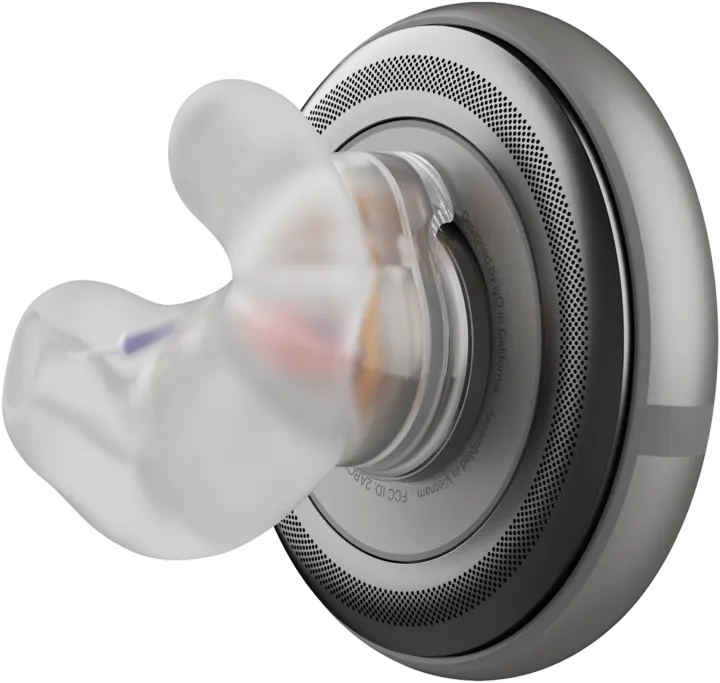The friction of signing in on the web

I was just reading an article on The Verge that I both personally 100% relate to, but that is also a hard digital business truth: on the web, no one wants to sign to your 'free' service.
/cdn.vox-cdn.com/uploads/chorus_asset/file/24468555/236556_I_dont_want_to_log_in_to_your_website.jpg)
And I quote:
(...) if I have clicked into a newsletter on the web, blocking my view of the thing I’m trying to read with a subscription pop-up isn’t going to make me more likely to subscribe. It just means I’m probably not going to read the newsletter. (...) The web is becoming a miserable experience because some salesbro who is trying to meet his KPIs is doing stuff to marginally increase the number of paying customers. (And you know, the hell with the rest of us!) The more each site tries to create its own little walled garden, the less valuable the open web becomes.
This links back to a previous discussion we had about friction in the newsletter:

Which (wait for it...) you must subscribe to with an email!
And here comes the nuance that is often missed when producing digital content: when is friction necessary to divide what is acceptable to consume without a counterpart and when is the content producer entitled to a counterpart? In that regard, asking for an email is already creating huge friction (whether you sell the data, bombard your audience with promo emails, or just curate a list of visitors).
Like for any product, the decision matrix is something like that:
- What's the value of your content, and how much differentiation do you provide?
- What's in it for you when the content will be consumed for free (no friction)?
- When do you think some of the content you produce has enough value that some form of revenue should be generated (the friction threshold)?
This is only a quick snapshot. The underlying questions about your target audience (if any), the length, frequency, and precision of said content, etc., are quite numerous.
For us, on our website, the answers are relatively straightforward:
- Providing honest feedback as experienced practitioners on real-life innovation strategies and mindset, sharing how-tos and reflections without the usual BS.
- Establishing trust and interest for possible partners and customers in approaching this genuinely complex matter.
- When we offer tools or market perspectives that we routinely use with paying customers in the newsletter, the only trade-off (revenue/friction) is we like to know who is reading.
This is, I believe, quite a low-friction digital content setup. It's also entirely OK that our newsletter, as for now, has below 1K subscribers, which is obviously tiny in terms of reach. What isn't is the richness of the target audience, with more than 60% of our subscribers with a corporate position in innovation, strategy, or in an executive committee and an open rate regularly above 75%.
As with everything about the business, you can go wide, or you can go deep.
That being said, I would have nothing against 10K subscribers with the same depth! So if you want to subscribe or share our content with some of your professional connections, I won't be mad. I promise! 😇






